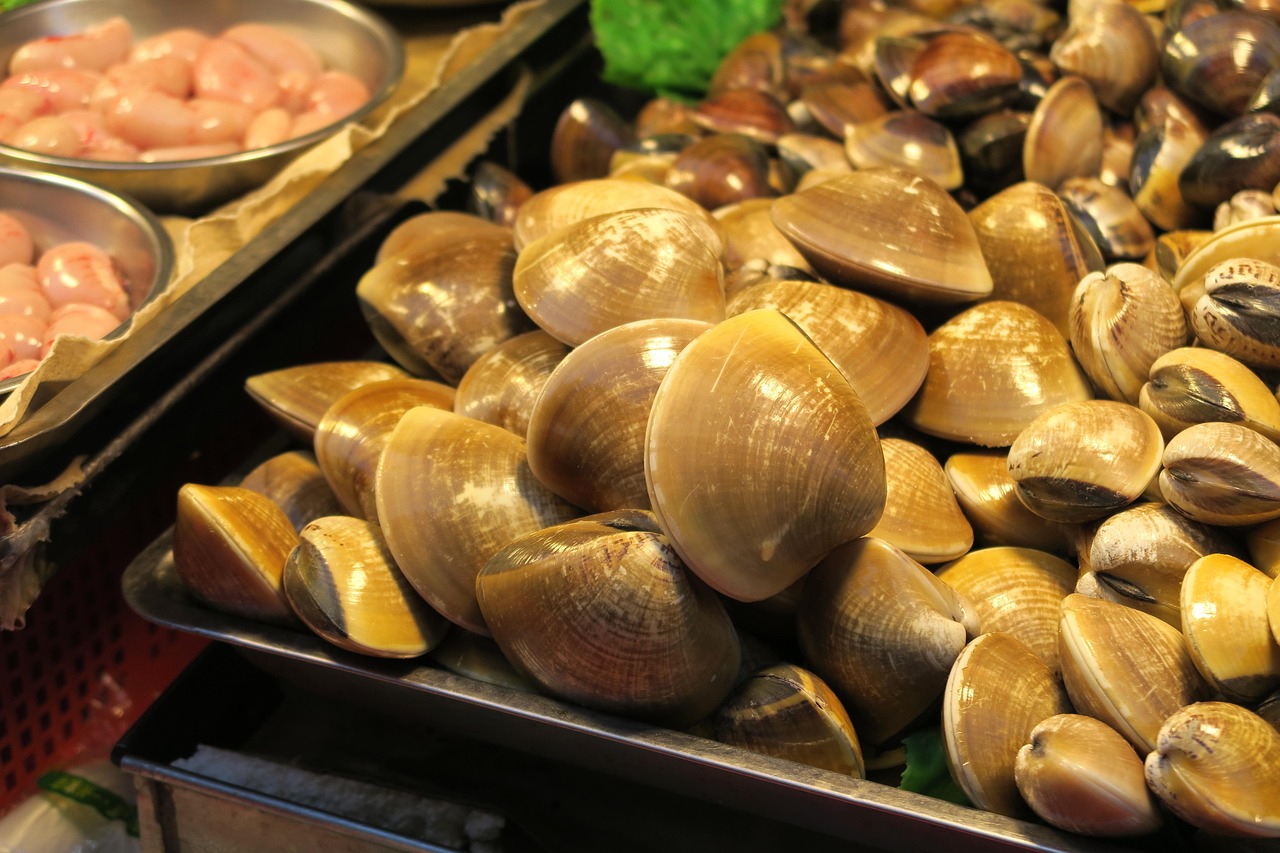Mangrove clam (Pegophysema philippiana) fishery status in Davao region
DOI:
https://doi.org/10.59120/drj.v12i5.96Keywords:
Clams, Davao region, fisheries management, gleaning, imbao, policyAbstract
The mangrove clam (Pegophysema philippiana) commonly called imbao in the Davao region is ubiquitous in coastal areas and one of the most sought-after seafood delicacies in the Philippines. The gleaning of imbao supports the livelihood of coastal communities in the Davao region. In 2010, an assessment of mangrove clam was conducted in the Davao region to determine its fishery status, and was found to be over-exploited. As a result, a policy was instituted to regulate the harvest of imbao. Recent reports of an unsustainable harvest of imbao in the Davao region led to a new assessment to determine its status. Results revealed that mangrove clam was abundant in all study areas which would imply that gleaners were still able to collect clams to sustain their livelihood, but smaller mangrove clams were collected in Davao del Sur (3.2 cm) compared to Davao Oriental (4 cm) and Davao Occidental (4.2 cm). These findings imply that gleaners in Davao del Sur were not strictly following the size regulation policy. If left unchecked, this can lead to a severe decline of mangrove clams in Davao del Sur based on our investigation. The establishment of a policy is for the sustainable management of its wild stock which could directly impact the fishers’ livelihood. However, increased education and awareness of gleaners could facilitate their acceptance of a fishery management policy.
Downloads

Downloads
Published
Issue
Section
License
Copyright (c) 2021 Michael Jeriel I. Bersaldo, Marlyn B. Llameg, Pedro M. Avenido

This work is licensed under a Creative Commons Attribution-NonCommercial 4.0 International License.
DRJ is an open-access journal and the article's license is CC-BY-NC. This license allows others to distribute, remix, tweak, and build on the author's work, as long as they give credit to the original work. Authors retain the copyright and grant the journal/publisher non-exclusive publishing rights with the work simultaneously licensed under a https://creativecommons.org/licenses/by-nc/4.0/.





